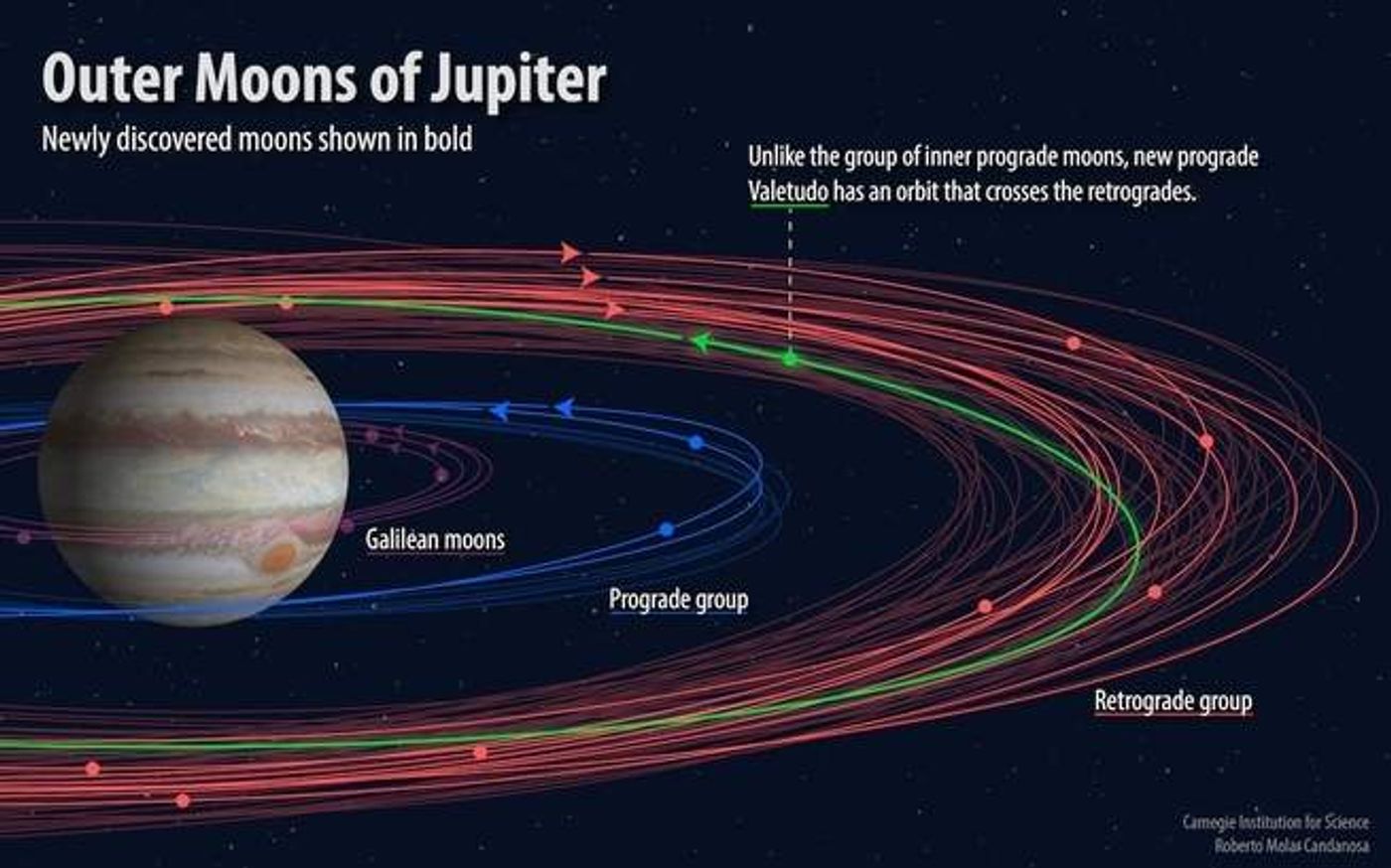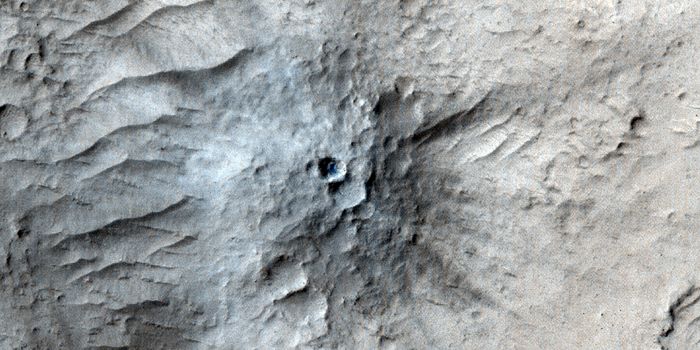Astronomers Find 12 More Moons Orbiting Jupiter
Jupiter, with its immense gravitational influence over the solar system, has always possessed a rather excessive number of moons. But scientists now say they’ve discovered at least 12 more, bringing the massive planet’s total moon count to 79.
Image Credit: Roberto Molar-Candanosa, Carnegie Institution for Science
The announcement, made this week by the International Astronomical Union’s Minor Planet Center, notes that two of these 12 new moons were previously-known but not officially recognized and that one of them sported somewhat peculiar properties.
Perhaps even more interesting is that the moons were discovered by accident. Astronomer Scott Sheppard and colleagues purportedly found them while searching for new planetary bodies that could be hiding beyond Pluto’s orbit in our solar system.
Related: Just how deep into Jupiter's atmosphere do the planet's storms go?
Notably, the 12 newfound moons aren’t large by any means; most only measure a mere mile or two in diameter, and this is said to be the primary reason why astronomers hadn’t noticed them before.
In a stroke of luck, however, the astronomers happened to be using the powerful Blanco four-meter telescope at the Cerro Tololo Inter-American Observatory in Chile at the time. This particular telescope can spot fainter objects than the telescopes that are usually used for planetary satellite research, and it worked to their advantage.
“We’re using a new camera that was only put on the telescope a few years ago,” Sheppard explained. “It can search large areas much quicker, so we only had to use four images to cover the whole area around Jupiter.”
“We were able to go a little bit fainter than anyone has been able to go in the past, and that's why we were able to find these new moons,” he added.
Related: Juno found a new active volcano on one of Jupiter's many moons
Many of the newfound moons orbit distantly from Jupiter and follow a retrograde orbit around the planet. The lone oddball, however, is Valetudo, which follows a prograde orbit and crosses paths with many of the others.
One explanation is that a larger moon may have collided with another in the past, resulting in several pieces that now orbit the planet in the direction they do today.
Whatever the case, it’s certainly interesting to think about how many undiscovered things might still reside in our planetary neighborhood. Fortunately, astronomers never stop searching, and all these discoveries help tell a story about how the solar system came to be.
Source: IAU via Popular Science









